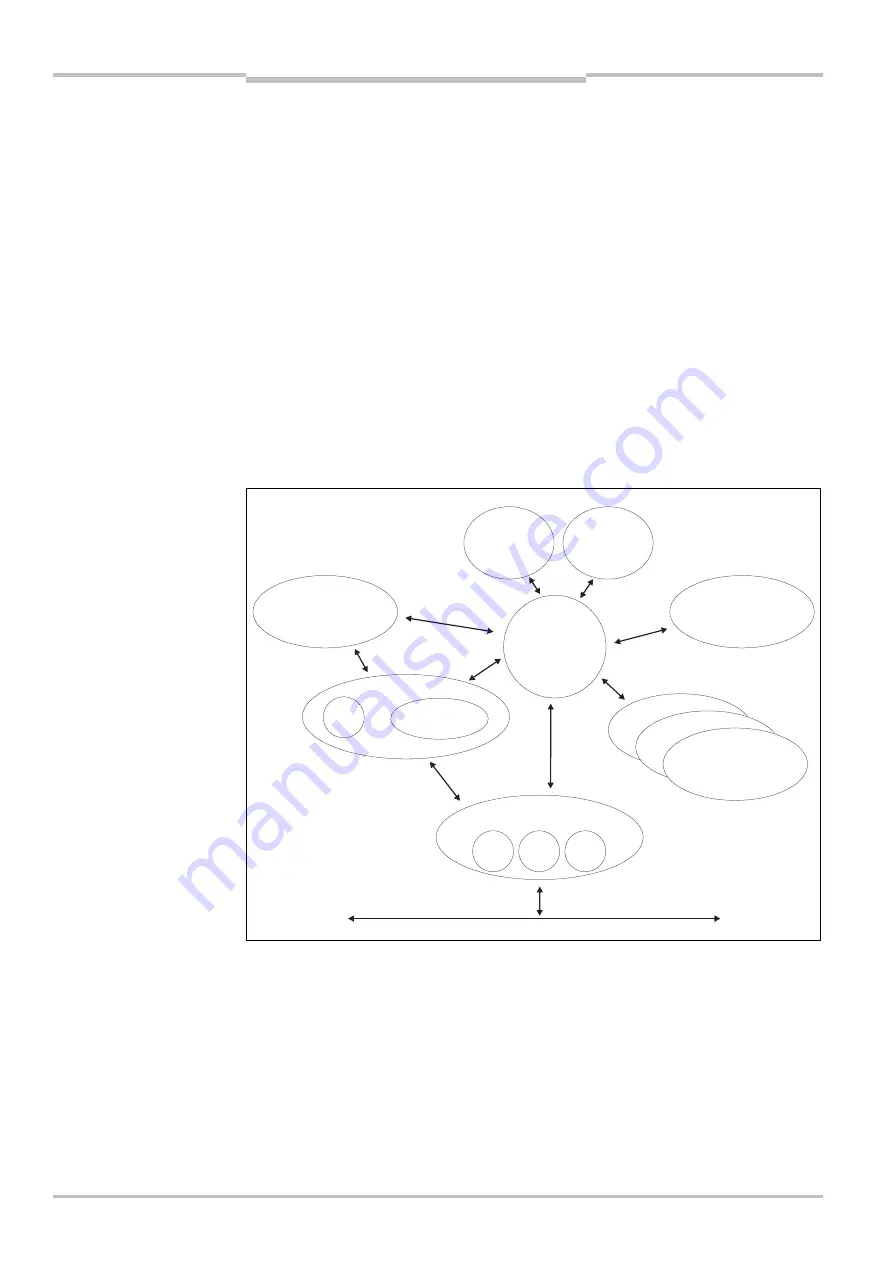
Chapter
3
Operating Instructions
AFS60/AFM60 EtherNet/IP
16
Product description
3.4
CIP object model
EtherNet/IP uses a so-called object model for network communication wherein all func-
tions and data of a device are defined.
The most important terms are as follows:
A class contains related objects of a device, organized in instances.
An instance consists of different attributes that describe the properties of this instance.
Different instances of a class have the same services, the same behavior and the same
attributes. They can, however, have different attribute values.
The attributes represent the data a device provides over EtherNet/IP. These include the
current values of, for example, a configuration or an input. Typical attributes are configu-
ration or status information.
The behavior defines how a device reacts as a result of external events such as changed
process data or internal events such as lapsing timers.
Services are used to access classes or the attributes of a class or to generate specific
events. These services execute defined actions such as the reading of attributes.
The AFS60/AFM60 EtherNet/IP supports the following classes of the 22h encoder profile:
Class
Instance
Attribute
Behavior
Service
Fig. 7: Supported classes
01h Identity
F4h
06h Connection Manager
04h Assembly
23h Position Sensor
F5h
F6h
Network
02h Message
Router
48h QoS
47h DLR
© SICK AG• Germany • All rights reserved
8018909/1EH9/2021-12-16
Subject to change without notice






























